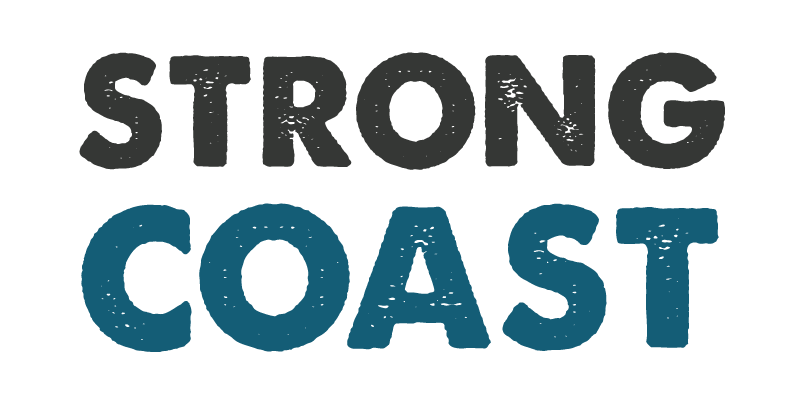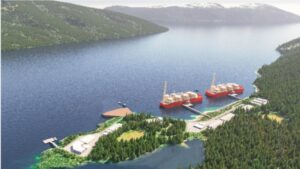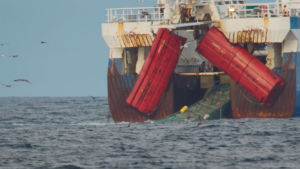
The Northern Shelf Bioregion, spanning from the top of Vancouver Island to the Canada-Alaska border, is set for a transformative sustainability effort. The Marine Protected Area Network Action Plan, a collaborative effort endorsed by 15 First Nations, the Government of Canada, and the Government of British Columbia, marks a historic milestone in marine protection.
The Marine Protected Area Network Action Plan

This plan, developed over a decade, showcases collaborative governance, integrating Indigenous knowledge, robust science, and stakeholder feedback into its development. Its goal is to establish a Marine Protected Area Network in the Northern Shelf Bioregion, also known as the Great Bear Sea. The Action Plan offers a comprehensive design for the network, including conservation and sustainability objectives, designation tools, and timelines. By defending this ecologically rich area, home to diverse marine species, including fish, marine birds, mammals, and invertebrates, we can ensure the continued prosperity of coastal communities through the implementation of sustainable fisheries management and practice.
The Indigenous Communities of the Northern Shelf Bioregion
Indigenous communities, having stewarded these lands and waters for thousands of years, are playing a central role in this endeavour. Importantly, their commitment to defending marine life through the use of both traditional and contemporary practices and knowledge aligns with promoting local economic health. By ensuring that the Northern Shelf Bioregion is protected from industrial exploitation through using sustainable community-based management, coastal communities will be able to prosper once again.

Financing MPAs in the Northern Shelf Bioregion
Canada has the goal of conserving 25% of its oceans by 2025 and 30% by 2030. Without clear direction, we will not be able to meet these goals. One of the key questions surrounding these goals is financing. The Action Plan introduces a sustainable conservation finance arrangement, adopting the Project Finance for Permanence (PFP) model, first pioneered in the Great Bear Rainforest. This model ensures long-term funding for network implementation, management, and stewardship, marking a sustainable approach to ocean conservation.
Not Forgetting Economic Development
This Action Plan not only aims to protect the marine environment but also to foster resilient ecosystems supporting sustainable industries and prosperous communities. It’s a model of collaborative governance and ocean stewardship with global implications, showcasing a path towards healthy coasts, sustainable economic development, and stronger communities in the Northern Shelf Bioregion.
Read the BC government’s news release to learn more.




